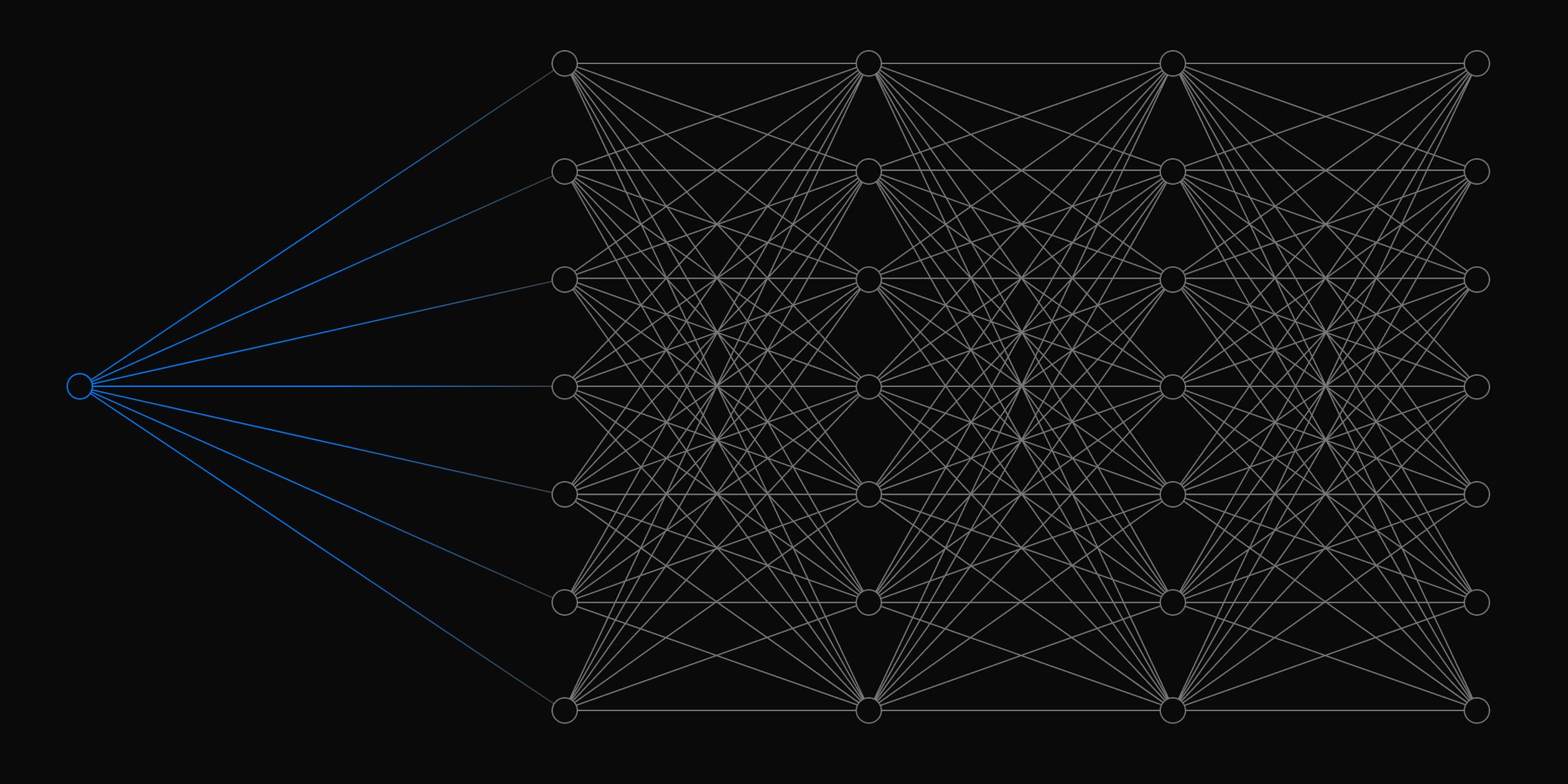Remote work has become more common and necessary due to many factors, including technological advances and changing work culture.
With the rise of remote work, collaboration tools have become essential to remote development teams' workflows.
Collaborative tools allow developers to work together more seamlessly and efficiently regardless of location and time zone.
In recent years, collaboration tools have rapidly increased popularity, revolutionizing how teams work together.
Platforms like Google Docs, Figma, and Notion have paved the way for efficient and seamless collaboration by allowing users to work simultaneously on shared documents, designs, and tables.
"Having an easy way to collaborate not only boosts productivity but also makes for a more efficient workflow."
The Impact on Remote Development
The rise of collaboration tools has not only transformed how teams collaborate in general but has also profoundly impacted remote development.
Remote development refers to developers working together on projects from different locations, using tools that enable efficient collaboration.
Key Aspects of Collaboration in Remote Development
There are two key aspects of collaboration in remote development that are essential: code previewing and pair coding.
Code previewing allows developers to share running code with both technical and non-technical stakeholders, enabling faster prototyping, client presentations, and early involvement of designers and project managers.
On the other hand, pair coding allows developers to collaborate in real-time, sharing the same development environment and syncing their code seamlessly.
"Pair coding and code previewing are two key aspects of remote development that make collaboration effortless and inclusive."
Advancements in Collaboration Tools for Remote Development
Collaboration in remote development extends beyond code syncing and collaborative document editing.
Today, developers can also benefit from features such as collaborative terminals, chat within IDEs, collaborative debugging, and screen-sharing capabilities within the development environment. These features enhance teamwork, facilitate remote interviews, and enable more efficient and comprehensive debugging processes.
For example, Figma recently launched Dev Mode, a new workspace for developers that bridges the gap between design and development. Dev Mode provides quick access to implementation information, customizable code environments, and seamless integration with plugins like GitHub and Jira.
As the demand for remote development and collaboration tools continues to grow, Figma's Dev Mode stands out as a valuable asset for developers seeking efficient and seamless collaboration in their remote workflows.
The Benefits of Remote Development Environments
Remote development environments, like Daytona, play a vital role in enabling collaboration in remote teams.
Hosting the development environment in the cloud makes it easier to implement and integrate various collaboration tools.
These environments offer increased security, as all collaboration data is isolated within the environment, preventing any leakage of local code or sensitive information.
"Security is a significant advantage of remote development, ensuring that data remains isolated and encrypted."
Code Syncing: Leveraging Yjs and CRDTs for Seamless Development
At Daytona, we take code syncing seriously and believe in leveraging the best tools and technologies available to enhance collaboration in remote development.
One tool that has proved invaluable in our code-syncing implementation is the Yjs library, which utilizes Conflict-Free Replicated Data Types (CRDTs).
One intriguing example shared by the author of Yjs demonstrates the capabilities of CRDTs beyond mere code collaboration. In this case, a development team utilized Yjs and CRDTs to create a real-time game.
Every action taken by players was synchronized across all clients, ensuring that all participants were in the same state of the game. The conflict-free nature of CRDTs ensured that the game remained synchronized and prevented any data inconsistencies.
This example highlights the immense potential of CRDTs and the ability to synchronize data across multiple clients seamlessly.
By leveraging the power of Yjs and its comprehensive capabilities, we ensure our users can collaborate efficiently and synchronize their code seamlessly across different development environments.
A New Era of Collaboration in Remote Development
The emergence of collaboration tools has transformed the landscape of remote development, making collaboration easier, more streamlined, and more efficient.
Combining code previewing, pair coding, and powerful collaboration features like collaborative terminals and debugging revolutionize how developers work together across different locations.
With advancements in code-syncing techniques and the increasing popularity of remote development environments like Daytona, the future of collaboration in remote development looks bright and promising.



